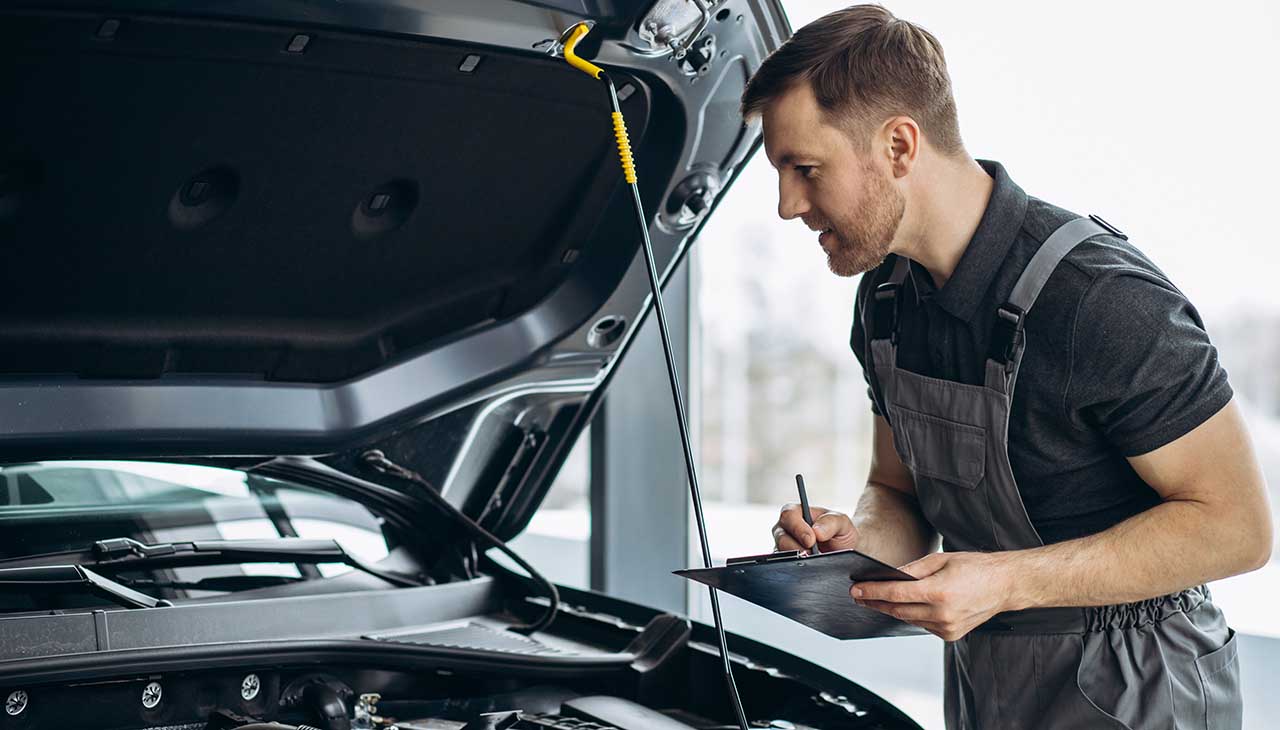In today’s fast-paced world, your car is not just a luxury; it’s a vital part of your everyday life. Whether it’s commuting to work, running errands, or taking road trips, your vehicle plays a crucial role in your mobility and independence. However, just like any other machine, a car requires regular maintenance to keep it running smoothly and efficiently. Neglecting this crucial aspect can lead to decreased performance, unexpected breakdowns, and costly repairs. This guide aims to demystify the essentials of car maintenance, providing you with the knowledge and tips needed to maintain your vehicle in top condition, ensuring safety and reliability on the road.
Regular Check-Ups
Regular inspections of your vehicle cannot be overstated in terms of their importance. By adhering to a schedule of routine check-ups, you can catch potential issues early, preventing them from escalating into more significant, expensive problems. It’s recommended to have your car checked by a professional at least once a year, or every 12,000 miles, whichever comes first. However, for those who drive more frequently or in more demanding conditions, more frequent check-ups may be necessary.
During these inspections, key components that should be thoroughly examined include:
- Fluids: Engine oil, coolant, brake fluid, transmission fluid, and windshield washer fluid levels should be checked and topped off or replaced as needed.
- Tires: Check for adequate tread depth, signs of wear, and ensure they are inflated to the manufacturer’s recommended pressure to ensure safety and fuel efficiency.
- Brakes: The brake system, including pads, rotors, and fluid, should be inspected for signs of wear or damage. Properly functioning brakes are crucial for safety.
By maintaining vigilance with these inspections, you’re not just ensuring the longevity of your vehicle but also safeguarding your and others’ safety on the road.
Fluid Maintenance
Fluids play a critical role in ensuring the smooth operation and longevity of your vehicle. Not only do they lubricate moving parts to reduce friction, but they also serve in hydraulic functions, cooling, and cleansing mechanisms. Below we outline the importance of key fluids and how to maintain them:
- Engine Oil: Often considered the lifeblood of your car, engine oil lubricates the engine’s moving parts, reduces wear and tear, and helps in cooling by drawing heat away from the combustion chamber. Checking the oil level regularly is essential—this can usually be done with your car’s dipstick. Ensure the engine is cool and parked on a level surface for an accurate reading. Depending on your vehicle and the type of oil used, changes are typically recommended every 3,000 to 5,000 miles.
- Coolant: This fluid is critical in maintaining the engine’s temperature, preventing it from overheating while protecting against corrosion. Check coolant levels in the reservoir regularly, especially before long trips, and ensure the mixture is at the correct ratio according to your vehicle’s manual. A coolant flush and replacement should generally occur every 40,000 to 100,000 miles, depending on the vehicle make and model.
- Transmission Fluid: This fluid lubricates the components of your car’s transmission, ensuring smooth gear shifts and operation. It’s vital to check the transmission fluid regularly for both level and quality—dark, burnt-smelling fluid is a sign that a change is needed. Most manufacturers suggest replacing transmission fluid every 30,000 to 60,000 miles.
- Brake Fluid: This hydraulic fluid is essential for the brake system’s operation, transferring the force applied on the brake pedal to the brake rotors. Because brake fluid is hygroscopic (it absorbs moisture), which can compromise its efficiency and lead to corrosion in the brake system, it should be checked regularly and typically replaced every 2 years, regardless of mileage.
- Power Steering Fluid: Assisting in the ease of steering, this fluid can degrade over time. While many newer vehicles have switched to electric power steering and no longer use a fluid, for those that do, regular checks of the power steering fluid level and condition are recommended. Replacement intervals vary widely, so refer to your vehicle’s manual for guidance.
Proactively managing these fluids not only contributes to the optimal performance of your vehicle but can significantly extend its life and reliability. Regular checks, coupled with adherence to recommended change intervals, are key components of responsible car maintenance.
Tire Care
The significance of tire upkeep cannot be understated when it comes to maintaining your vehicle’s performance and safety. Properly maintained tires are critical for vehicle stability, handling, fuel efficiency, and overall safety on the road. Two essential aspects of tire maintenance are checking tire pressure and tread depth regularly.
- Checking Tire Pressure: Tire pressure can affect a vehicle’s handling, fuel efficiency, and the overall comfort of your ride. Under-inflated tires increase rolling resistance, leading to higher fuel consumption and premature wear. Conversely, over-inflated tires can reduce grip, making the ride less comfortable and potentially hazardous in certain driving conditions. It’s recommended to check tire pressure monthly, including the spare, using a reliable tire pressure gauge. Always adjust the tire pressure to the recommended levels found in the vehicle’s owner manual or on the sticker located on the driver’s side door jamb.
- Checking Tread Depth: Tread depth is crucial for ensuring your tires provide adequate grip, especially in adverse weather conditions. Worn treads can lead to decreased handling and increased stopping distances, heightening the risk of accidents. Tread depth should be checked regularly with a tread depth gauge or the penny test. Insert a penny into the tread groove with Lincoln’s head upside down; if you can see the top of Lincoln’s head, it’s time to replace the tire.
In addition to these checks, Tire Rotation and Alignment play a vital role in extending the life of your tires and maintaining your vehicle’s performance. Tire rotation involves changing the tires’ positions on the vehicle to ensure even tire wear. Most manufacturers recommend rotating tires every 5,000 to 7,000 miles. Alignment, on the other hand, refers to adjusting the angles of the tires so that they are set to the car manufacturer’s specifications. Proper alignment helps prevent uneven tire wear and can improve vehicle handling and fuel efficiency. It’s advisable to have your vehicle’s alignment checked whenever you notice irregular tire wear or after hitting a significant pothole or curb.
Attending to these aspects of tire maintenance will not only prolong the life of your tires but also contribute to a safer and more efficient driving experience.


